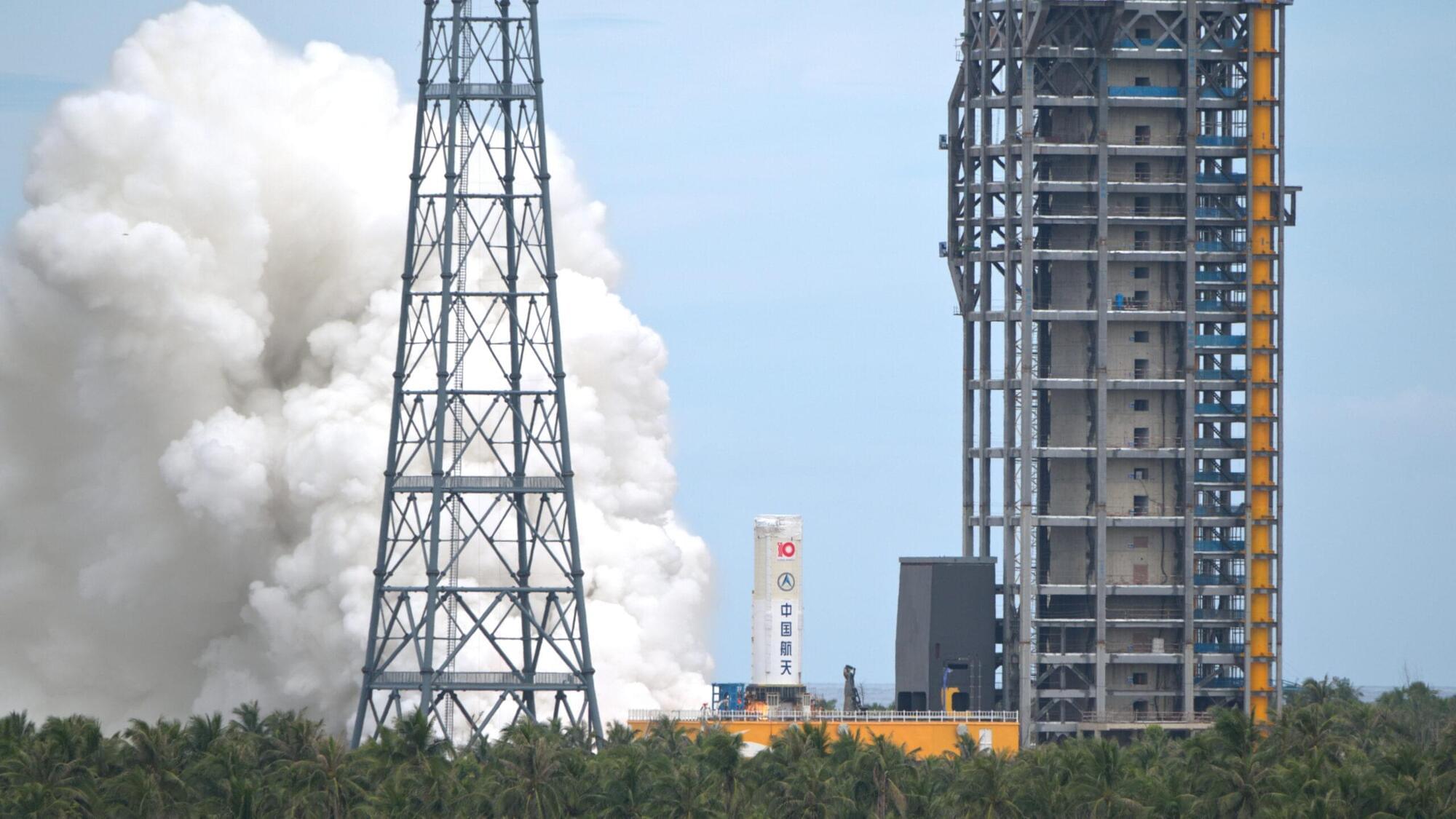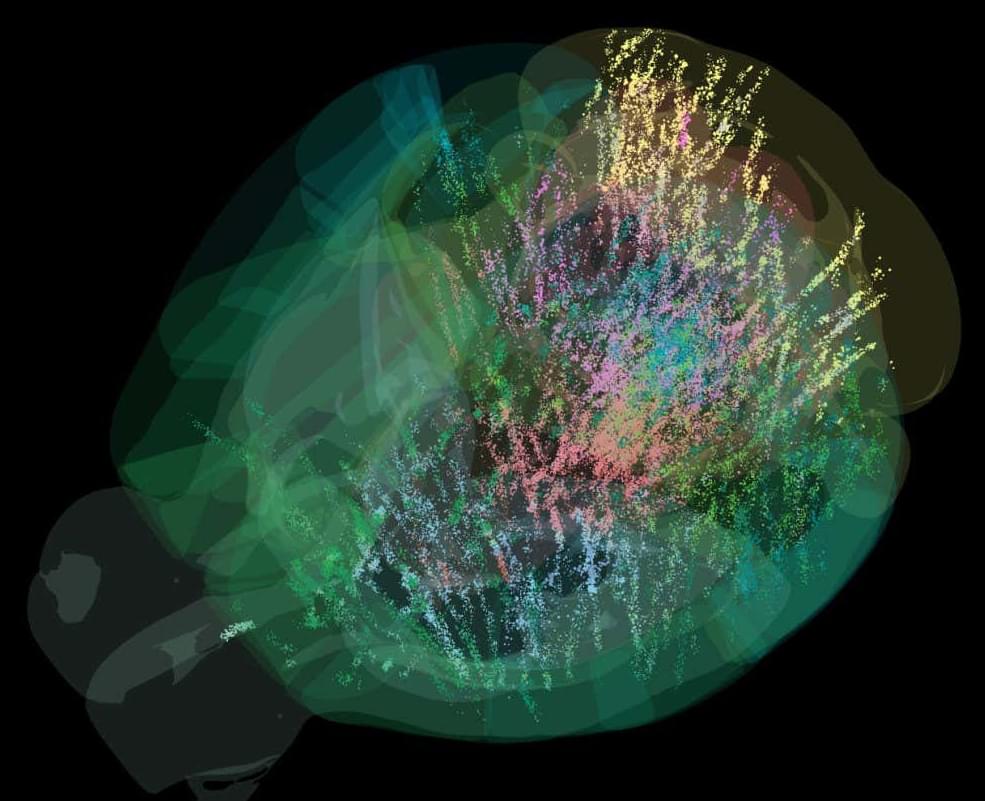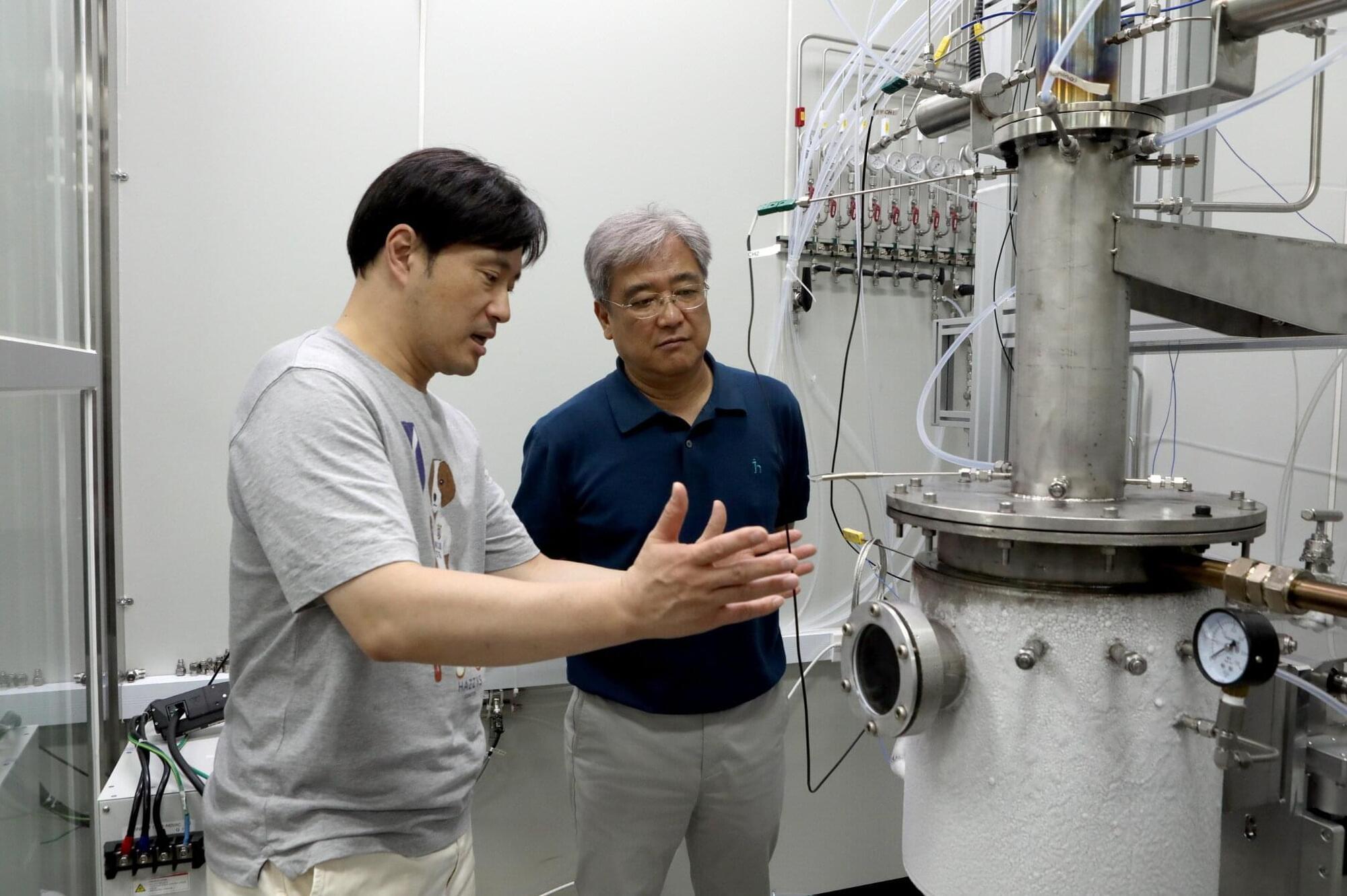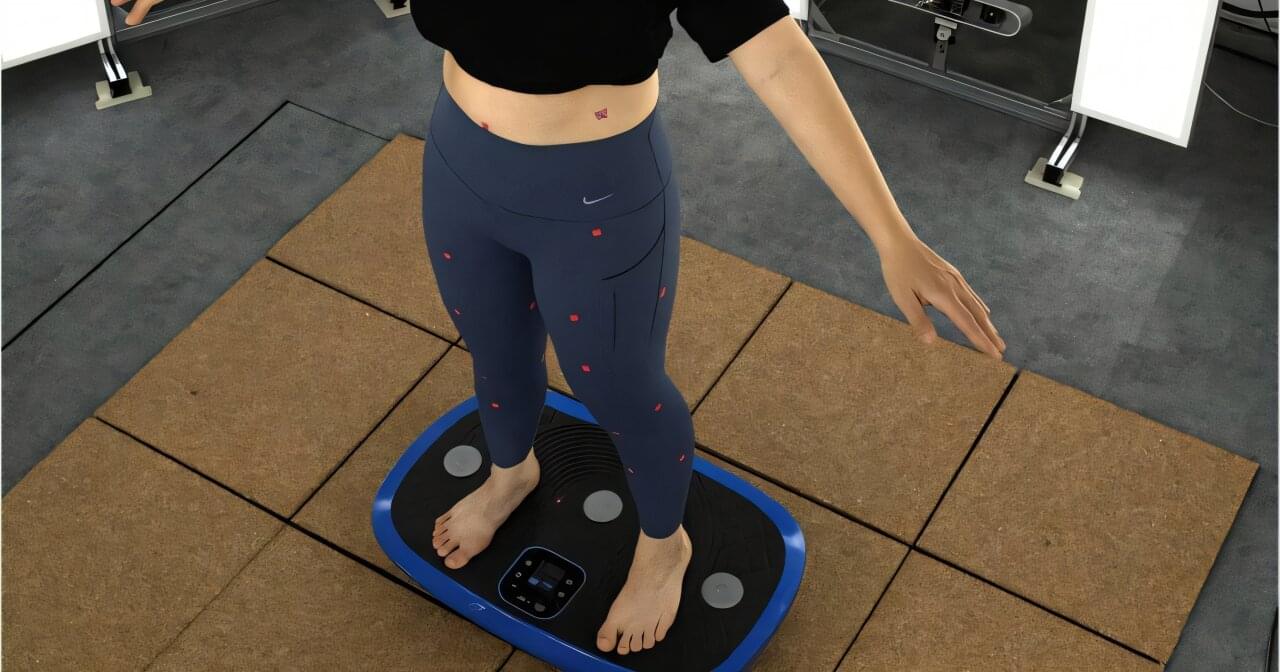Quantum scientists in Innsbruck have taken a major leap toward building the internet of the future. Using a string of calcium ions and finely tuned lasers, they created quantum nodes capable of generating streams of entangled photons with 92% fidelity. This scalable setup could one day link quantum computers across continents, enable unbreakable communication, and even transform timekeeping by powering a global network of optical atomic clocks that are so precise they’d barely lose a second over the universe’s entire lifetime.








